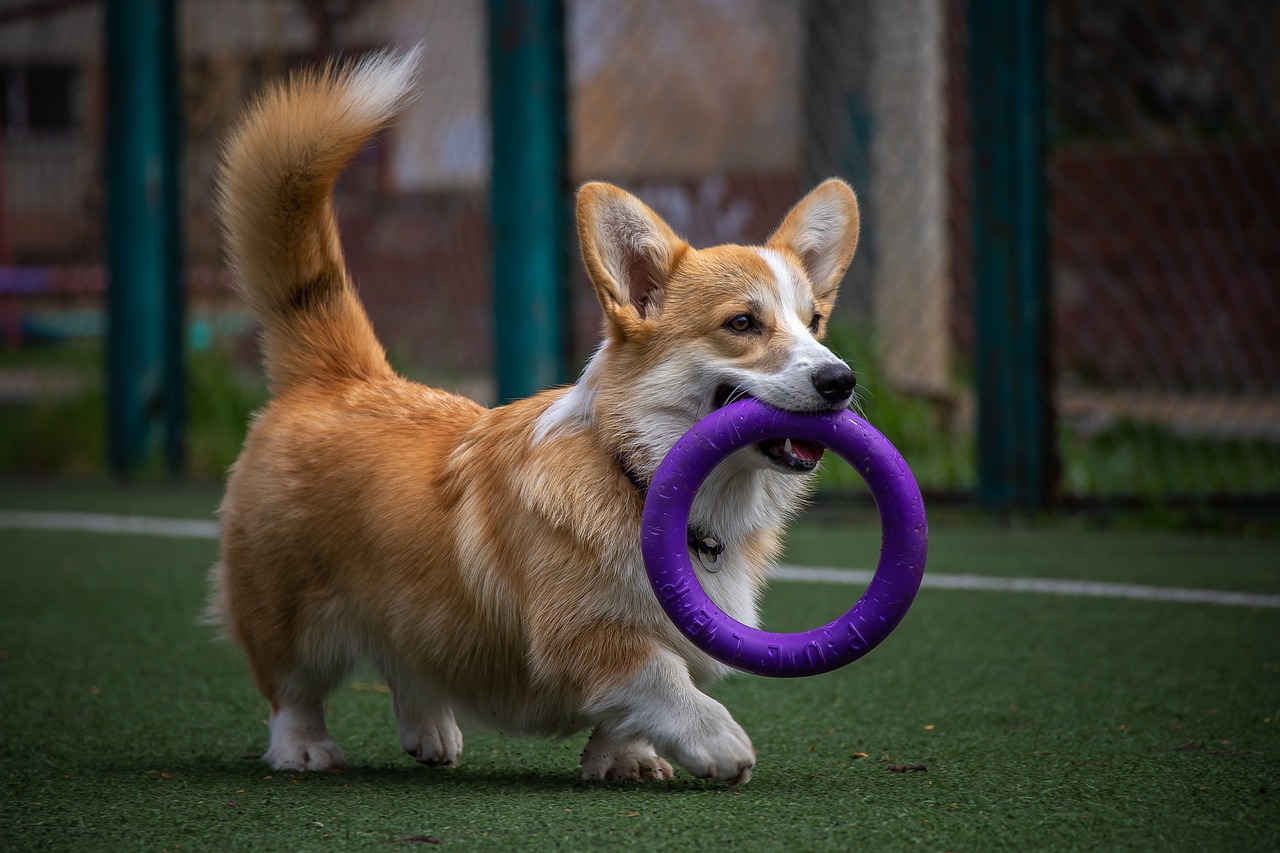Preferences for Toy Types and Presentations in Kennel Housed Dogs

Toys are often provided for adult dogs housed in kennels, but their effectiveness as environmental enrichment is not well documented. At a minimum, toys need to elicit interest in the animal for which they are intended, before any “enrichment” can be claimed. In this study we have examined short-term preferences for toys with a range of characteristics, using two methods of presentation, in both long-stay dogs in complex kennels, and short-stay dogs in rehoming kennels. The dogs, one sample in residential kennels (LSE, N = 30) and the other in rehoming kennels (RH, N = 66), were tested individually with four robust toys, presented both hanging and on the floor, over two 15 min trials. The trial was also repeated with a second RH sample (N = 34) comparing the four robust toys with less robust toys, all presented on the floor. Latency to and duration of interaction with each toy were recorded remotely. In the first trial, 34% of RH dogs and 43% of LSE dogs interacted with the toys; of the dogs that interacted, the average duration of interaction was higher among RH dogs (120 s) than among LSE dogs (28 s). Toys on the floor were interacted with for significantly longer than hanging toys by both LSE and RH dogs. RH dogs were faster to interact with the floor toys than the hanging toys, but the LSE dogs did not appear to discriminate between hanging and floor toys in latencies to interact. In the second trial, 76% of the RH dogs interacted with one or more of the toys, interacting for significantly longer with the four less robust toys, but their latencies to interact were similar between the robust and less robust toys. Average duration of interaction (227 s) was higher than in the first trial. Our findings support previous proposals that robust toys are little used by kennel housed dogs. However, with less robust toys, interaction was relatively prolonged, indicating that interest to the dog may be enhanced if the toy can be chewed easily and/or makes a noise. Hanging toys were not favoured, although these have been reported to stimulate high levels of interaction in juvenile laboratory beagles.
Pullen, A. J., Merrill, R. J. N., & Bradshaw, J. W. S. (2010). Preferences for toy types and presentations in kennel housed dogs. Applied Animal Behaviour Science, 125(3), 151-156. doi:https://doi.org/10.1016/j.applanim.2010.04.004
View ResourceTopic(s): Enrichment, Enrichment, Stress & Improved Welfare, Shelter and Rescue